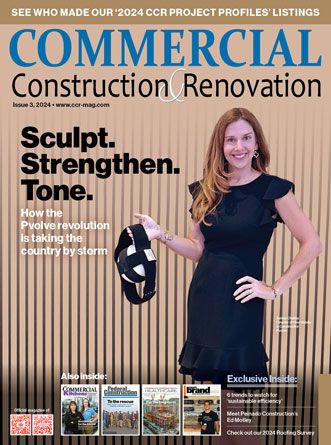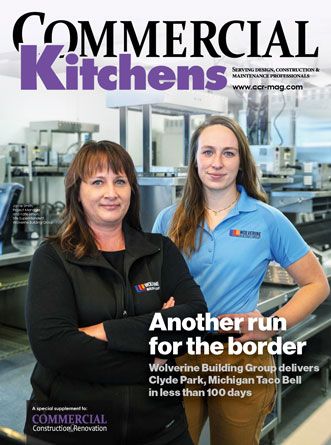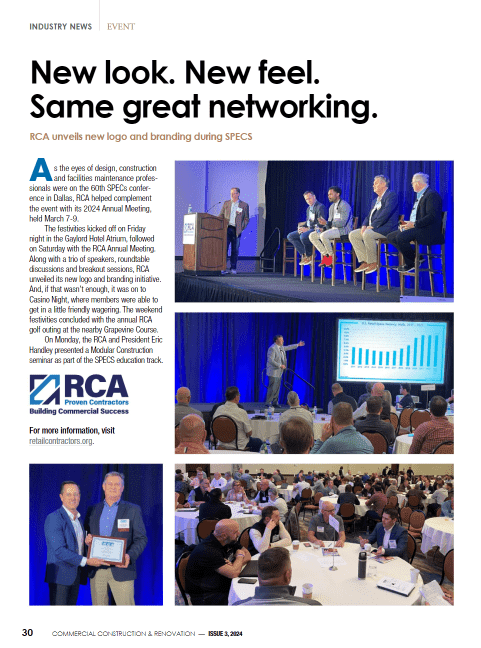Before a product can be launched, prototypes have to be created in order to have a feel for the final version of the product or test market it to a select group of people. However, prototyping can be expensive and can take some time since you need to create a small batch that’s required for testing.
Silicone molding or vacuum mold casting offers an alternative to deploy prototypes at minimum costs per batch quickly. This allows any manufacturing and testing team to have final versions of the product efficiently for small quantities. Prototech Asia allows for manufacturers to create prototypes using silicone molds.
A Quick Introduction
Silicone molding is also referred as vacuum mold casting because of the way it works. A 3D prototype of the material being produced is cast using specialized manufacturing procedures or a 3D printer, and a silicone mold is created from this master product.
It’s a technology that has been around since the 60s where plastic vacuum casting technology was being developed in Germany. Although silicone resins were available 20 years prior, this was the time that massive experimentation was being done. It’s reminiscent of rubber molds that were being used by restorers and people who were sculpting.
Polyurethane is then injected into the silicone mold using the vacuum effect, creating a prototype. This process can be repeated for several prototypes before the silicon mold deteriorates and is rendered unusable.
This process allows small batches to be created for product testing and is a cost-efficient process to consider. A company will not have to develop an entire product factory line for a product that is just going to be tested using a small batch. Doing so is extremely expensive compared to silicone molding.
Using a different material, like polyurethane, for the creation of prototypes is a right way of delivering functional copies of the finished product. If the material that will be used is the same as the final product, one can create real finished products using this process.
The prototypes produced are suitable for functional testing of product parts or entire products. They’re also good for visual examination to be done if product testers want to check out the viability of a product based on its visuals.
Prototyping is an essential part of manufacturing and in the business cycle, even ideas are prototyped.
How Does Silicone Molding Work?
When a product is developed via computer-aided design, the first rendition of the product can be made using a variety of methods. In silicone molding, a version of the final product is made through either stereolithography, CNC machining, or 3D printing.
This allows for a master model to be made in order for a silicone mold to be cast around the master model. Liquid silicone is poured into this master model mold chassis. Once the silicone mold has been dried, it’s cut along its separation plan to remove it, and the master model is removed. This mold will allow a manufacturer to create a few more renditions of the part.
The molding of the prototypes using the silicone mold is created through low-pressure vacuum injection through the use of a machine that the vacuum cast. A material, such as polyurethane, is injected into the silicone mold. The material is then allowed to dry as the part is being cured.
By using a vacuum machine, the air is removed from the mold as the material that’s being injected is sucked in. This is a great benefit since it eliminates the chance of air bubbles forming inside the frame. The problem with air bubbles is that it increases the likelihood of the material being fragile.
Once the curing method is completed, the silicone mold can be removed, and the process is repeated several times over to create more prototypes. Silicone mold can be reused, but it does have a life cycle.
Why a Silicone Mold?
Silicone molds are cheaper to produce than metal molds, and they offer high heat resistance, making them reusable when high heat materials are used inside them. They last longer, but they don’t last as long as the steel and other metal molds that can be used.
Material Choices
A great benefit of this method is the ability to use different materials that can resemble the final element being used. Unless the material that’ll be used for the final product is the same as the casting material, like polyurethane.
The process allows for numerous tweaks to be made on the material, such as the material’s hardness, the choice of the material being used itself, clarity, and the colors through the use of a variety of dyes. One can even product soft-touch finishes on the materials being molded dependent on the material being used.
The materials being used can even have a varying degree of transparency, and the material being molded can be painted on to reflect the actual look of the finished product.
There’s also the allowance to produce parts that are mass tinted or mirror polished.
There’s even the leeway to create “over moldings,” which can be used for production parts with metal inserts. Bi-material molding, which is the overmolding of one component on another, can also be done.
The final prototype can even benefit from the control in the type of rigidity and flex that a manufacturer would want their product to have.
How Long Does a Mold Last For?
Depending on the material being molded and the complexity, a silicone mold can be used anywhere before ten to one hundred times. These numbers are more than enough to create multiple prototypes for visual inspection. If a company is interested in a pre-series run, having more than a few of these on hand is still economical.
The mold’s lifecycle is dependent significantly on the quality of the initial impression of silicon that was made and the geometry of the shape being molded. If the mold isn’t used, it’s limited to a lifetime of 40 days before it starts to degrade and is rendered unusable for production.
The ROI of these silicone-molded prototypes begins at around the ten-piece mark.
Benefits of Silicone Molding:
Precision and Detail
Silicon molding allows for extreme precision in the reproduction of prototypes for a manufacturer. The process even allows for complex geometries to be factored in and reproduced at a large scale. The results of silicon molding are almost identical to the finished product, making it perfect for checking for visuals.
In producing prototypes, there’s a reliance on extreme details in order to make aesthetic examination as accurate as possible.
Pricing and Economies of Scale
Other manufacturing processes could turn to steel molds to create their product prototypes, but these molds can be expensive to fabricate. Silicone molds are relatively cheaper than steel molds, and they can be used multiple times to deploy many prototypes before they break.
Economies of scale can be achieved in an average of about ten parts making it cheaper than other methods of casting utilizing molds made of aluminum or steel, or using 3D printing technology to recreate several prototypes.
Only the first product needs to be 3D-printed using this method and this saves a lot of money.
Speed in Production
Silicone molding is a pretty quick process with the possibility of producing 30 to 50 functional parts in less than one and a half weeks. This speed of output allows manufacturers to benefit from quick deployment of prototypes and speed in the decision-making process leading up to production launch.
It’s an excellent method to use if a company finds that they have urgent needs or requests that need to be fulfilled. It allows for efficiencies to occur in the entire production cycle; these efficiencies can translate into actual dollars for any company.
However, for batches over one hundred it does pose limitations to the extent that a steel mold should be considered.
Quality
Silicone is one of the best materials that producers and manufacturers can use for prototyping. In fact, a lot of science has been going into silicone for usage in different types of applications.
The quality of the part being reproducing through the vacuum casting process is almost akin to the final product due to the number of materials that can be used in the molding process.
If a manufacturer finds that a material they would be using in the final process is available for casting, then it comes at the added benefit that they’ll be receiving prototypes using the final material.
As mentioned earlier, resins can be manipulated for hardness, flexibility, rigidity, and even transparency. This allows for a variety of different types of material quality to be used for the process.
Practical Applications
There are numerous benefits to the process of silicone molding or vacuum mold casting in the production of different goods for multiple uses. It stills serves to be one of the most effective and affordable types of prototyping methods available today for production purposes.
The molding process allows a wide variety of applications, such as usage for the proper reproduction of a pre-series run of components in production.
The process can be used to create a pre-series for test marketing with potential customers. This saves the manufacturing company real money in determining if the finished product will resonate with their current market and it allows them to easily stop production with minimal losses should the product be a dud.
For certification prototypes, silicone molding also offers an edge as it can quickly reproduce an original in a short matter of time, allowing for testing by certification bodies. Again, this saves money in the long run since full manufacturing processes don’t have to be designed to create a batch of products for the testing process.
This process is also helpful in producing mechanical parts that can be used for mechanical tests.
Aesthetical and visual validation by the design team and quality control managers can be done using this type of prototyping because it produces close to perfect copies of the final product that will be marketed.
Finally, one of the practical applications of this type of production is the allowance for a smaller series for the first step in commercialization. While these parts are being produced by silicone molding, they have the time to adjust current production capabilities to determine a more economical way of creating them; it buys producers time.
Limitations of Silicone Molds
Apart from the lifecycle of a silicone mold, there are other limitations to it. Say a manufacturer would want plenty of prototypes, one mold is not going to be able to produce all those prototypes required on their end.
Another limitation is the installation of vacuum casting. Since an original model needs to be created, there’s an entry cost to creating the mold. But then again, compared to the 3D printing of the entire batch of prototypes, this is a quick, affordable, and efficient option that manufacturing process can adopt.
Some costs could go up during the process, and these include staff that’s responsible for giving a mold its final visual finish. This consists of the polishing and painting of the parts for their definitive aesthetic renditions to aid visual inspection.
The cost of the material has to be factored in as transparent materials have different prices from regular polyurethane that can be used for the process. On the issue of transparent materials, it’s to be noted that regular use of transparent materials has a lower strength, but some materials offer both. These costs will vary as well.
Another issue one must note that beyond the 100 and 200 marks, it’s feasible to go after a metal or steel mold to maximize economies of scale. Regardless of the entry cost at this point, it’s faster and cheaper, in the long run, to create, say 500 prototypes, using this method.
Conclusion
Production and manufacturing greatly benefit from this type of prototyping because it allows for a large batch of prototypes to be created at lower costs than stereolithography and 3D printing an entire batch. The prototypes made can also be made from the same material as the finished product as long as it can be silicon molded.







 The 2024 virtual Men’s Round Table will be held Q4, 2024, date TBD.
The 2024 virtual Men’s Round Table will be held Q4, 2024, date TBD.











